Two recently published surveys, the Scottish Health Survey 2019 | NatureScot and the Scottish Household Survey 2019 | NatureScot, reveal interesting statistics about physical activity and health and wellbeing and our connection to outdoor spaces in Scotland. These findings are of interest to anyone interested in the health and wellbeing of the population of Scotland and in the use of the outdoors for leisure and health.
NB Neither survey includes data on the impacts of the Covid-19 pandemic – this period will be covered in the 2020 surveys).
Our thanks to Penny Martin, Outdoor Learning Advisor, Nature Scot (formerly Scottish Natural Heritage) who extracted information from the summary reports complied by Aileen Armstrong (published Nov 2020). For all the headlines and context, and statistics for all age cohorts, please see the full reports.
Some of the findings are encouraging (such as in attitudes to climate change) but some show that there is still a lot of work to be done in ensuring equity of access to good quality outdoor spaces.
For our webpage, we have chosen to focus on what the surveys say about
- children’s physical activity and health and wellbeing
- adults’ access to and use of outdoor spaces and
- attitudes to climate change
Scottish Health Survey 2019 : Headline findings on physical activity, health and well-being
3.2 Child physical activity
- In 2019, 69% of children aged 2-15 were physically active at the recommended level for an average week, a significant decrease on 2016 (76%) and the lowest level reported in the time series (previous estimates have been in the range 70% to 76%). The decrease reported in 2019 appears to have been driven by a drop in activity levels among boys (71% of boys met physical activity guidelines in 2019, compared to 79% in 2016).
- In 2019, physical activity levels among children varied significantly by age, with levels of adherence to guidelines highest among 8-10 year olds (79% met recommended guidelines) and 5-7 year olds (78%). The lowest levels of adherence to guidelines were among 13-15 year olds (53%).
- In 2019, participation in sport varied by age, increasing from 52% among 2-4 year olds, to between 71% and 78% among 5-12 year olds before decreasing to 60% among 13-15 year olds. This pattern was similar among both boys and girls.
- On average, children spent more time being sedentary at weekends (4.9 hours per day) than on week days (3.6 hours per day) in 2019.
- Children’s physical activity is undertaken in a variety of settings, with ‘local pavements and streets’ and ‘homes/gardens’ most popular. In addition, a significant amount of children’s physical activity takes in ‘playgrounds or parks’, ‘open spaces/parks’, ‘woodland’,‘country paths’ and ‘beaches/rivers (22%). Around a third of active children had visited a ‘swimming pool’ and around a quarter had visited a ‘gym/sports centre’ or a ‘sports field/outdoor court’.
3.4 Mental well-being
The average WEMWBS7 (Warwick – Edinburgh Mental Wellbeing Scale) score is used to monitor the National Indicator on mental well-being and the mean score of parents of children aged 15 years and under is included in the mental health indicator set for children.The WEMWBS mean score for children age 13-15 for 2016- 201910 combined was 51.0, the same as that reported for 2012 – 2015 combined.
3.5 Overweight and obesity
- In 2019, 68% of children aged between 2 and 15 were within a healthy weight range. The proportion of children in the healthy weight range has remained fairly stable since the beginning of the time series in 1998, with the lowest prevalence occurring in 2011 (65%) and a range of 68% – 72% recorded since 2012.
- In 2019, just under a fifth of children (16%) were at risk from obesity, with similar proportions observed for boys and girls.
SCOTTISH HOUSEHOLD SURVEY 2019
Headline findings relating to the natural environment
Adult Access to and use of Outdoor Spaces
2.1 Volunteering
Five per cent of volunteers had undertaken unpaid work involving environmental protection. The level of participation in formal volunteering for the environment has remained largely unchanged since 2012.
2.2 Adult participation in physical activity and sport (including recreational walking)
Adult Participation in physical activity and sport (including walking) varies according educational attainment (on the whole, the higher the level of attainment the higher the level of participation). It also varies according to where you live – if you live in a relatively affluent area you are more likely to participate in physical activity than someone living in the most deprived areas.
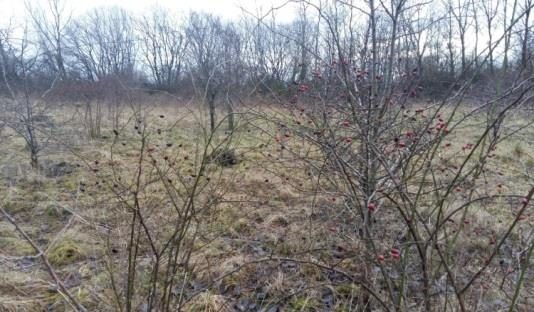
2.3 Visits to the outdoors
The incidence of visiting the outdoors also varies by area deprivation level: 43% of those living in the 20% most deprived areas visited the outdoors on a weekly basis in 2019 compared to 66% of those living in the 20% least deprived areas.
2.4 Local green, blue or open spaces
- People living in more deprived areas have poorer access to green or blue spaces than those living in less deprived areas. In 2019, 62% of those living in the 20% most deprived areas lived within a 5 minute walk of green or blue space compared to 67% of those living in the 20% least deprived areas.
- More than three quarters of adults use their local green and blue spaces (78%), with around half using them once a week or more (49%). Twenty two per cent of adults don’t use their local green and blue spaces at all. The frequency with which people use their local green and blue spaces has remained stable over the last few years (between 49% and 50% of adults visiting weekly).
- There is an association between how far people have to walk to reach their local green and blue spaces and how often they use them: adults who live within a 5 minute walk of green and blue spaces are more likely to use them every day or several times a week (44%) than those who live within a 6 – 10 minute walk (24%) or further away (13%). Less than a fifth of those living within a 5 minute walk of their local green and blue spaces never use them (17%) compared to 25% of those living within a 6-10 minute walk and 38% of those living further away.
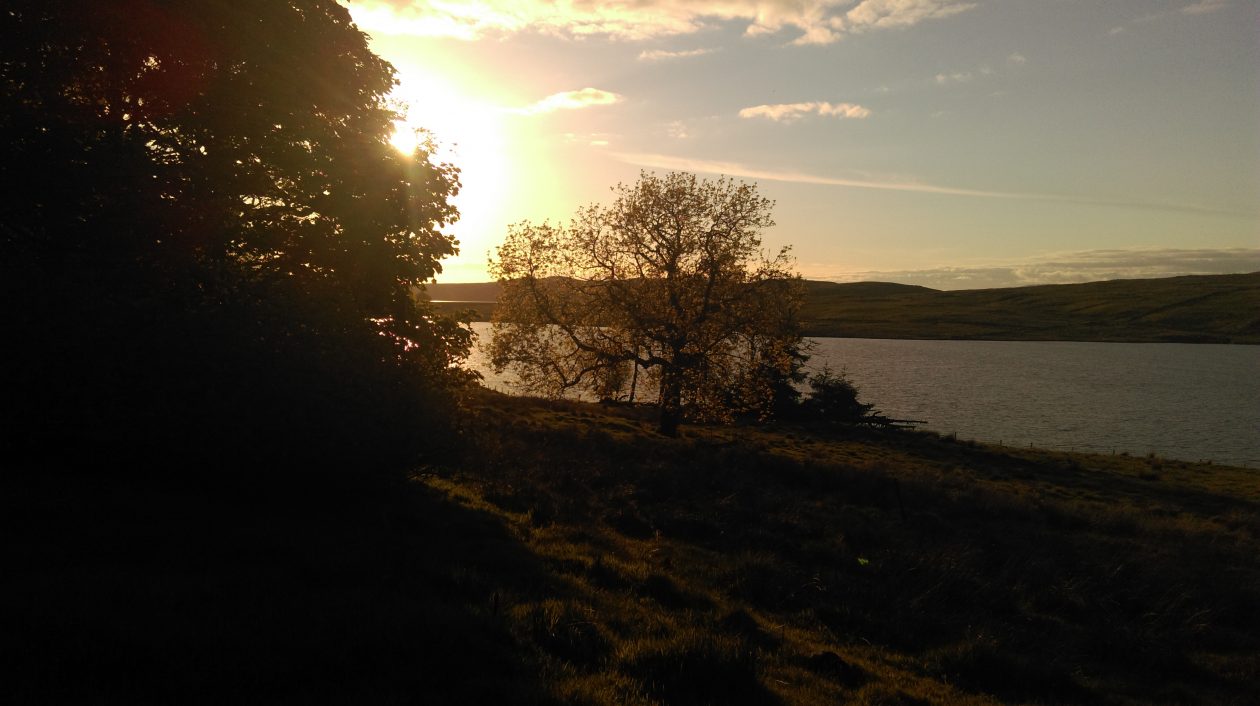
2.8 Attitudes to climate change
- Concern about climate change varies according to age. It is highest among 35-44 year olds and 45-59 year olds (both 72%), followed by 16-24 year olds (69%) and 25-34 year olds (67%). The level of concern remains lowest among those aged 75 and over (56%). While the level of concern has increased across all age groups since 2013, the greatest increase has occurred among the youngest and oldest age groups: 69% of 16-24 year olds, 68% of 60-74 year olds and 56% of those aged 75 and over now consider climate change to be an immediate and urgent problem (up from 38%, 42% and 33%, respectively, in 2013).
- The proportion of people who perceive a link between their behaviour/lifestyle and climate change has increased in recent years, as evidenced by a reduction in the proportion of people agreeing with the statement ‘I don’t believe my behaviour and everyday lifestyle contribute to climate change’, down from 26% in 2015, to 23% to 2017 and to 21% in 2018. Over the same period, the proportion of people agreeing with the statement, ‘It’s not worth me doing things to help the environment if others don’t do the same’, has also declined (down from 23% in 2015, to 19% in 2017, and to 16% in 2018). As in 2015 and 2017, around three quarters of adults in 2018 agreed with the statement, ‘I understand what actions people like myself should take to help tackle climate change’ (74%).
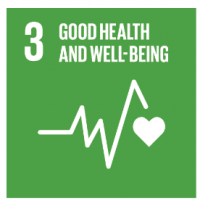 https://www.globalgoals.org/3-good-health-and-well-being
https://www.globalgoals.org/3-good-health-and-well-being
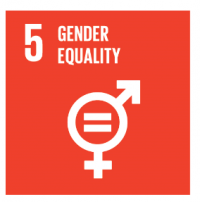 https://www.globalgoals.org/5-gender-equality
https://www.globalgoals.org/5-gender-equality

https://www.globalgoals.org/10-reduced-inequalities

https://www.globalgoals.org/11-sustainable-cities-and-communities
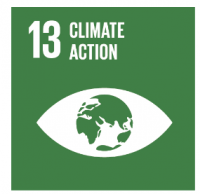
https://www.globalgoals.org/13-climate-action

